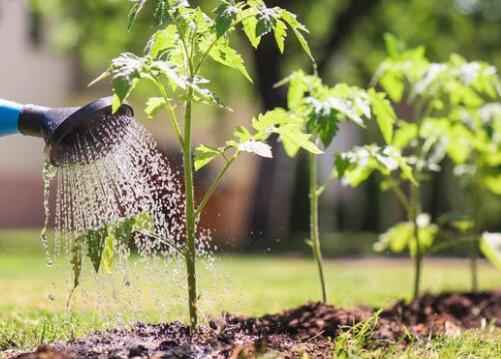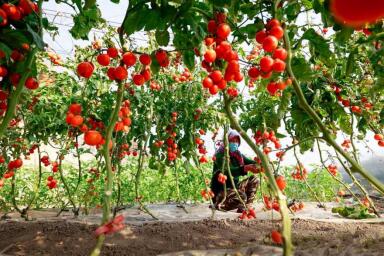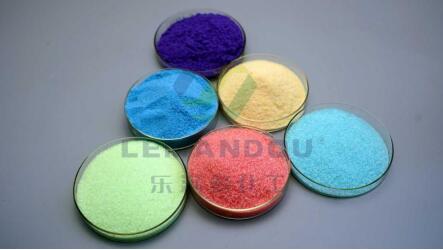As a multi-element compound fertilizer that can be completely dissolved in water, the macro-element water-soluble fertilizer is a liquid or solid water-soluble fertilizer with the macro-element nitrogen, phosphorus, and potassium as the main components and adding appropriate amounts of trace elements. It can supplement many nutrients to crops. Pursuit of farmers!
However, in the process of fertilization, because there is no scientific formula fertilization, the phenomenon of large amount and poor effect is very obvious. So when fertilizing, how to scientifically arrange and use rationally, so that our water-soluble fertilizer is both efficient and efficient without wasting? In fact, it’s very simple. Stick to the following five points to make your water-soluble fertilizer use higher and more effective!
1. Reasonable arrangements and balanced fertilization
In recent years, growers have realized that there are many benefits of a large number of element water-soluble fertilizers, so they have begun to be willing to invest in this aspect. However, what farmers did not expect is that the large number of element water-soluble fertilizers will wash more and more, even One box (40 kg) per acre of land is used for a box of fertilizer. The fertilizer used is of good quality. Poor quality may have to be washed twice. As a result, many vegetables have premature aging of yellow leaves.
In fact, flushing fertilizer is just like eating for us, we can’t use too much at once. Generally speaking, 10 kilograms of water-soluble fertilizer with a large amount of elements per acre plus the corresponding fertilizer for improving soil and rooting is enough. Can. After blindly over-fertilizing, the fruiting period will only lead to serious premature aging of tomatoes!
2. Pay attention to the weather
In fact, crops absorb nutrients in two steps: first, the root system absorbs these nutrients; second, the nutrients and water are transferred to the crops by the pulling force of transpiration. In winter, if there are cloudy, rainy and snowy days, insufficient light and low temperature in the shed (room temperature, soil temperature), the root system cannot absorb nutrients and the transpiration force is insufficient. Under these conditions, the fertilized fertilizer cannot be completely absorbed, so it is best to check the weather forecast when applying fertilizer to ensure that there are more than 2 sunny days after fertilizing. If the weather is particularly cold, you should appropriately reduce the use of large amounts of elements. The amount is not even used.
3. Flushing fertilizer depends on the type of crop
Different crops require different ratios of nitrogen, phosphorus, and potassium. Those who grow eggplants will ask, why doesn’t the eggplant grow up? The answer is that high potassium fertilizers are useless at all. Cucumbers need to use balanced fertilizers and high-nitrogen and high-potassium fertilizers when they are in full fruit period. Tomatoes use balanced fertilizers when the size of a ping-pong ball, and high-nitrogen and high-potassium fertilizers when they are the size of eggs. For peppers, you can refer to tomatoes.
4. Avoid direct flushing
Do not directly flush the compound fertilizer according to the method of flushing the compound fertilizer, but adopt the “second dilution” flushing method. At present, some farmers directly apply water-soluble fertilizer according to the method of applying general compound fertilizer. As a result, the fertilizer is unevenly applied. Vegetables with a large amount of fertilizer have damaged roots and yellow leaves. Vegetables with a small amount of fertilizer are affected by growth. Influence. The secondary dilution is not only conducive to uniform fertilizer application, but also can improve fertilizer utilization.
5. Avoid fertilizer damage
When fertilizing by drip irrigation, you must first drip clean water and wait until the water in the pipe is full before fertilizing. The longer the application time, the better. After the fertilization is finished, drip clean water for about half an hour, which helps to drain the remaining fertilizer liquid in the pipeline.
Post time: Oct-12-2021








